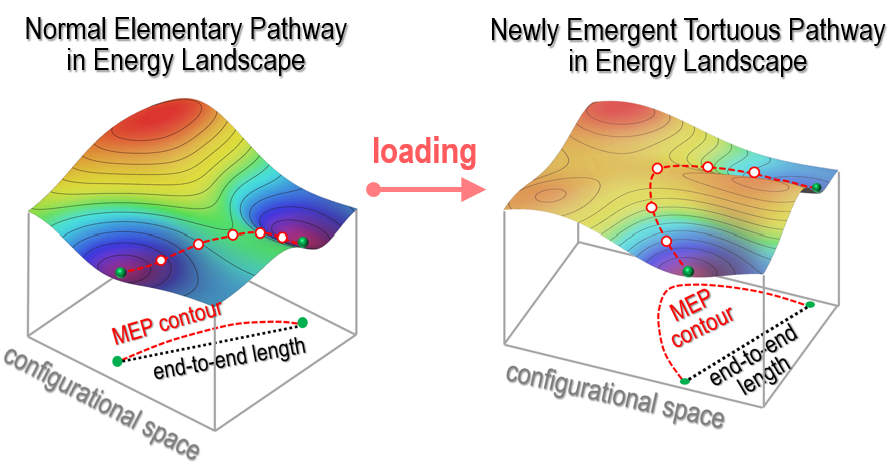What do a surgical pin, a tennis racquet, and an iPhone 6 all have in common? They can all be made using metallic glasses, an amorphous material. This advanced material is adaptable and moldable like plastics but has the toughness of metal because that is what they are. Metallic glasses are liquid metals that have been rapidly cooled to form metallic glass.
At the forefront of materials research, metallic glasses are a hot topic because they can be used for a variety of products but there are a few things holding them back. They are expensive to produce and due to their disorderly atomic structure they can deform easier and therefore break down when outside stress is applied.
This is why assistant professor of mechanical engineering, Yue Fan, and his team are looking at the atomic structure of these materials and finding what really happens when deformation begins.
“We have found in the deformation of metallic glass that when applying mechanical loads or other outside stimuli the atoms’ rearrangements are fundamentally different from what people have expected,” said Fan.

When deformation occurs in a material the atoms begin to break bonds and form new ones which require energy that usually comes from outside stress. This energy usually creates an uphill and downhill energy picture referred to as an energy landscape titling. It had been thought this type of energy landscape titling was the same for metallic glasses but Fan and his team have found otherwise.
“Instead of a classical energy landscape tilting picture, many new complex pathways in the energy landscape emerge. Knowing this allows us to better control the performance of amorphous materials under external stimuli,” explained Fan.
Moving forward this knowledge can help move metallic glasses forward as we now better understand what is happening when they break down. The next steps in this research include creating parameters for how these materials are used and what they can withstand, making them more efficient for products.
“Metallic glasses have already been used in a range of applications, including biocompatible bone implants, rust-resistant razors, and scalpel blades. Even broader applications have been prohibited due to two challenges: the high price of current raw materials for metallic glasses, and a lack of fundamental knowledge on their deformation and other physical behaviors. The new physics discovered in this study may potentially enable new strategies to design and deploy these materials,” said Fan.
Yue Fan’s paper was published in APS Physical Review Letters and is entitled, Emergent Fractal Energy Landscape as the Origin of Stress-Accelerated Dynamics in Amorphous Solids.
